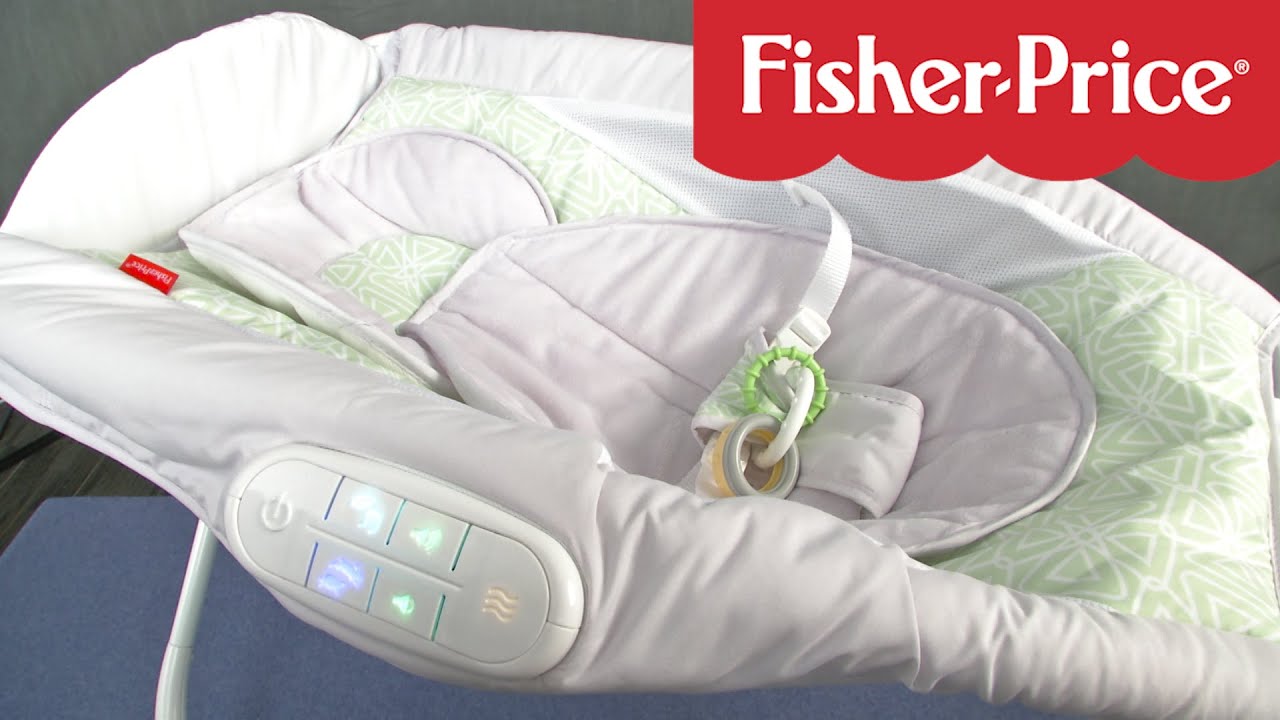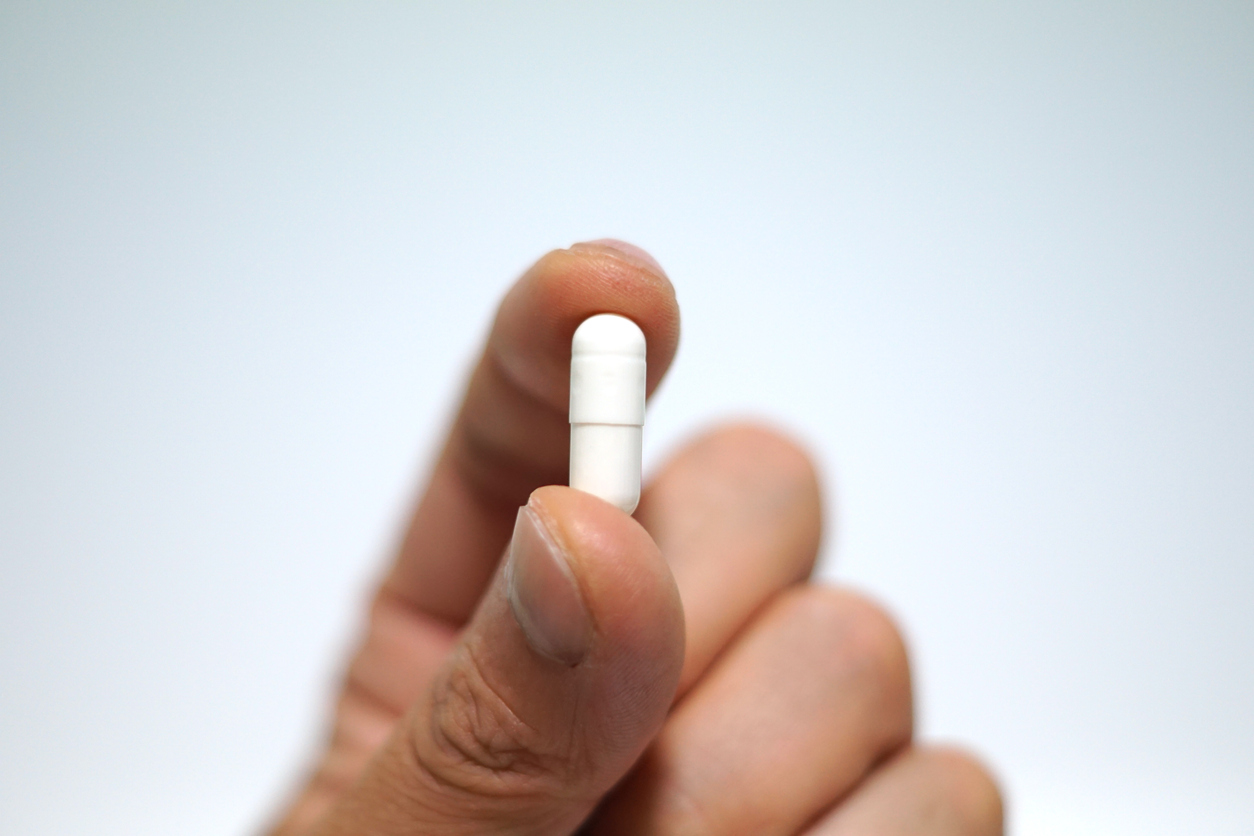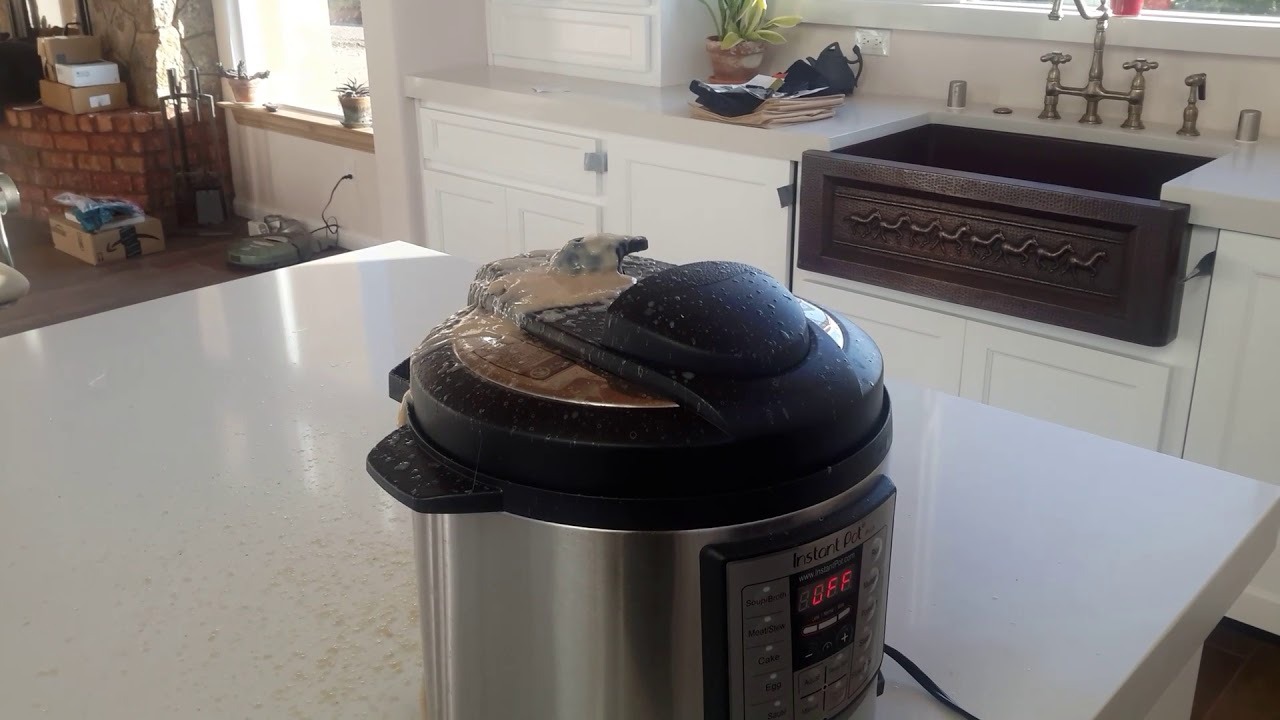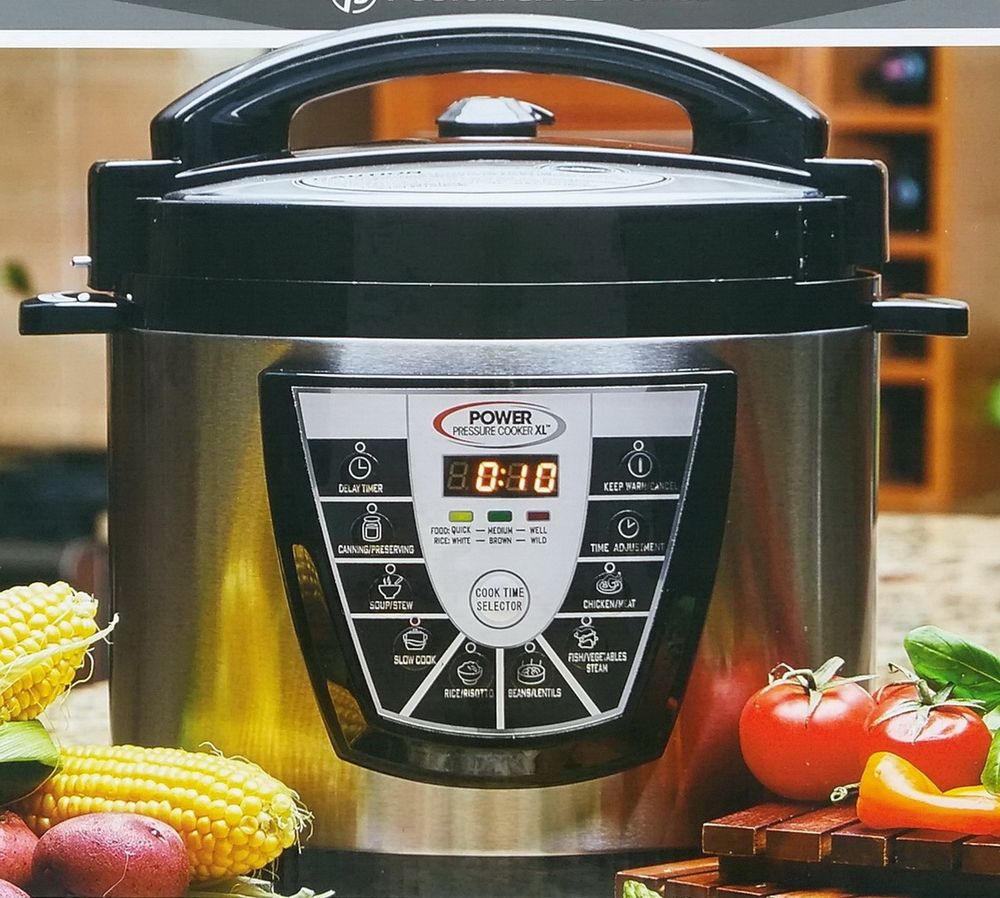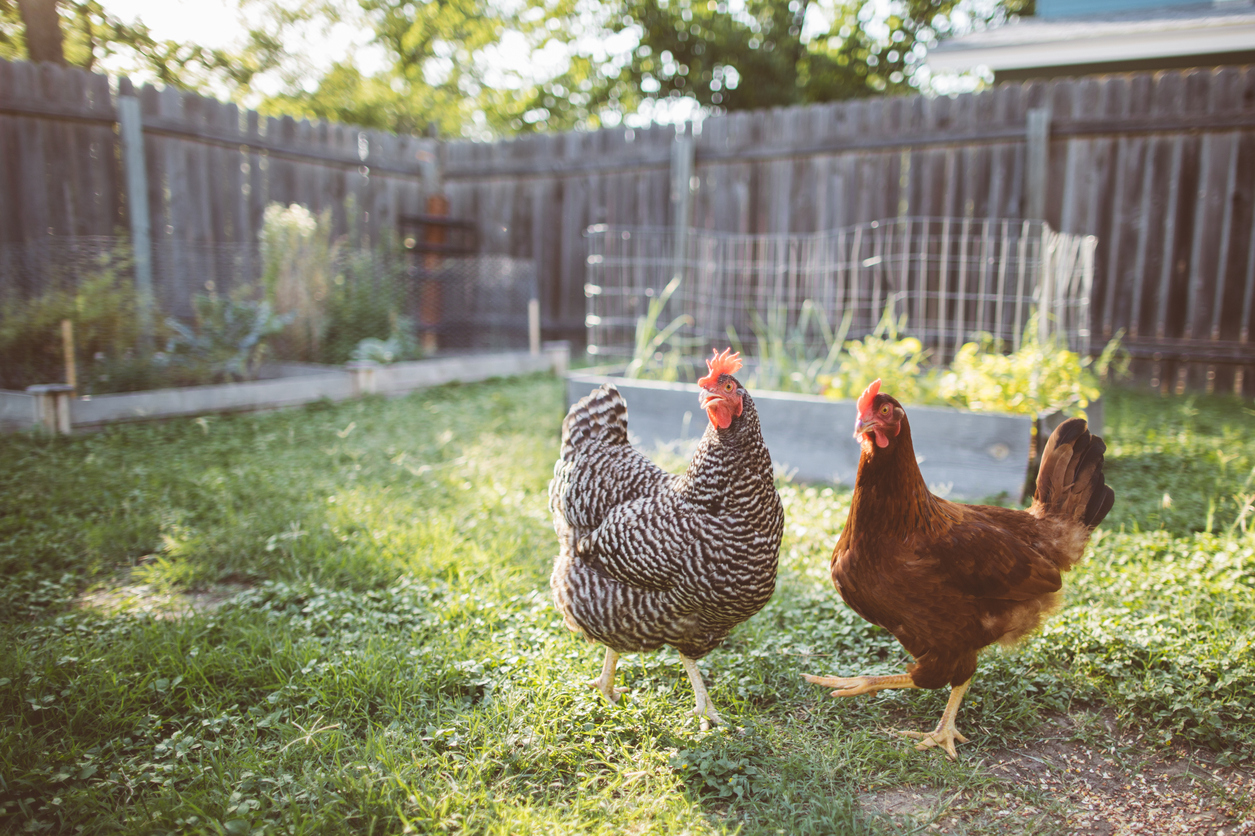
Live poultry has made its 10th appearance in headlines since 2011 after the U.S. Centers for Disease Control and Prevention announced a Salmonella outbreak struck again this year.
Since February of this year, roughly 212 people have been sickened with Salmonella due to poultry. Birds can carry the Salmonella bacteria on their feathers, feet or in droppings.
“A lot of people perceive a bird with salmonella will look sick, but that is really not the case,” said CDC veterinarian Dr. Megin Nichols last year.
According to the CDC, there have been 70 different Salmonella outbreaks associated with live poultry since 2000. In the latest outbreak, 34 people have been hospitalized. Reports of the incidents indicate the chickens came from multiple sources such as supply stores, hatcheries, websites and other people.
Salmonella can affect young children, elderly persons or those with already compromised immune systems the hardest. Side effects typically include diarrhea, vomiting, fever, dehydration
Raising chickens at home has been on the rise over the years and is somewhat considered a trend. A plethora of blogs and YouTube videos dominate a search for, ‘raising backyard chickens.’ Chickens are favored due to not only providing fresh eggs, but they eat pests and provide compost.
However, raising them the correct way is important to prevent the spread of Salmonella poisoning. Both the CDC and the U.S. Department of Agriculture with its Biosecurity for Bird, stress the importance of mastering its best practices when caring for the birds.
“Always wash your hands after handling live poultry,” is one of them. But equipment such as food and wat bowls can become contaminated as well. Shoes should be taken off so bacteria is not tracked inside your home. Most importantly, the chickens should remain outside.

